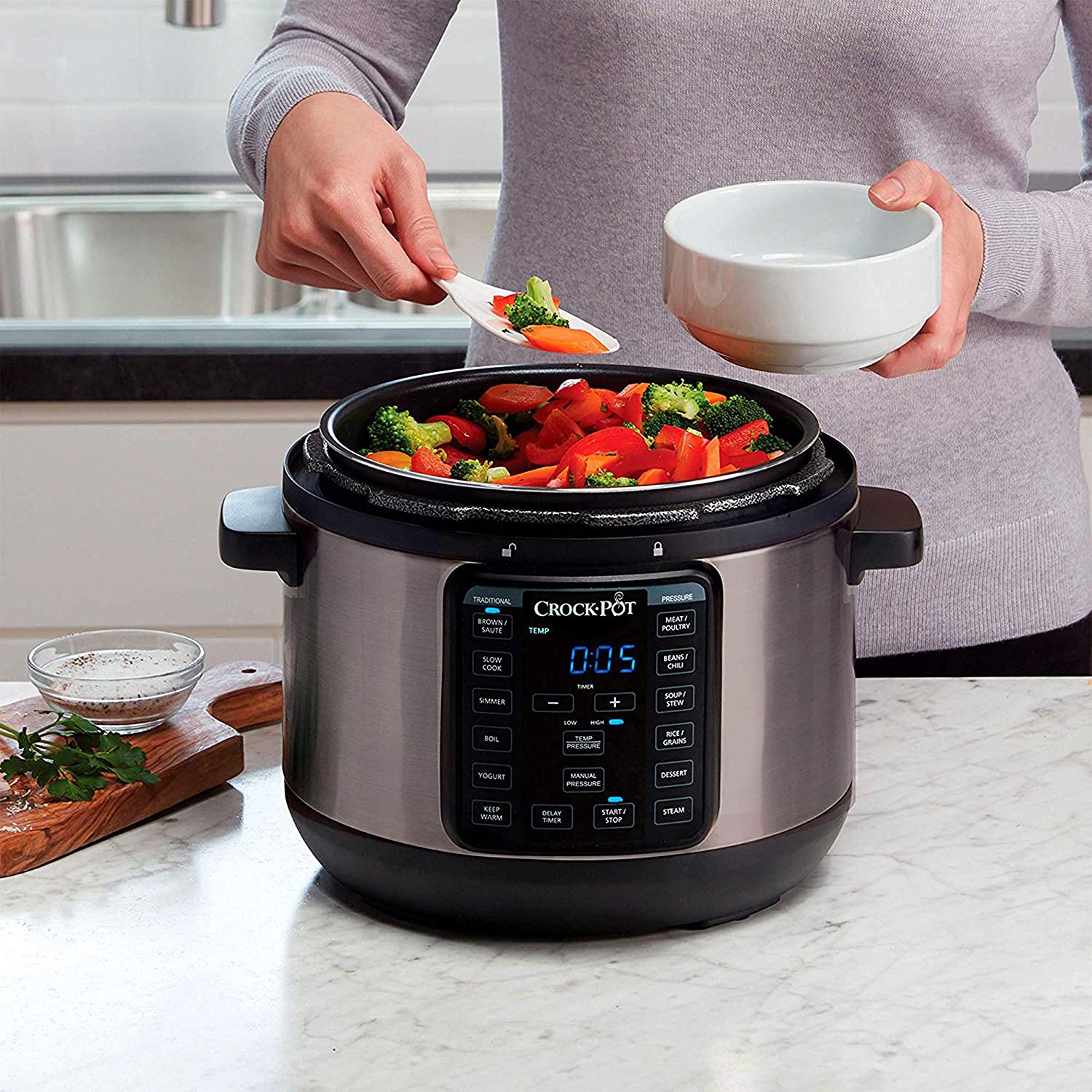

Articles
When Should I Add Vegetables To Slow Cooker
Modified: January 5, 2024
Discover the best time to add vegetables to your slow cooker with these helpful articles. Enhance your cooking skills with tips and tricks for flavorful recipes!
(Many of the links in this article redirect to a specific reviewed product. Your purchase of these products through affiliate links helps to generate commission for Storables.com, at no extra cost. Learn more)
Introduction
The slow cooker has become a beloved kitchen appliance for its convenience and ability to create flavorful, tender dishes with minimal effort. While it is commonly used for cooking meats, many people wonder when and how to add vegetables to their slow cooker recipes. In this article, we will explore the benefits of adding vegetables to slow cooker dishes, factors to consider before adding them, the best vegetables to use, tips for successful slow cooker vegetable dishes, and even share some delicious recipes to get you started.
Adding vegetables to your slow cooker not only adds nutrition, but also enhances the flavors of your dishes. Vegetables absorb the savory juices from meats and spices during the slow cooking process, resulting in rich, flavorful bites. Additionally, slow cooking vegetables can help soften their texture, making them incredibly tender and a delightful accompaniment to your main course.
However, it is important to consider a few factors before adding vegetables to your slow cooker. Firstly, the cooking time of different vegetables can vary widely. Some vegetables, such as root vegetables like potatoes and carrots, require a longer cooking time to become tender, while others, like zucchini or bell peppers, are more delicate and can become mushy if overcooked. It is important to choose vegetables that will hold their shape and texture after a long cooking process.
Another factor to consider is the amount of liquid in your dish. Slow cookers retain moisture well, so vegetables can release additional water during the cooking process. To prevent your dish from becoming too watery, it is recommended to use less liquid or thicker sauces when including vegetables. Additionally, certain vegetables, like tomatoes or eggplants, can release more moisture than others, so be mindful when combining them with other ingredients.
Now that we have discussed the benefits and factors to consider, let’s explore some of the best vegetables to add to your slow cooker. Feel free to experiment with various combinations to suit your taste preferences and dietary needs. Remember, the slow cooker offers endless possibilities for creating delicious and nutritious meals with the addition of vegetables. Let’s dive in!
Key Takeaways:
- Slow cookers enhance the flavor and texture of vegetables, providing a nutritional boost and creating well-rounded, one-pot meals. Consider factors like cooking time and moisture content to ensure successful vegetable incorporation.
- From classic choices like potatoes and carrots to delicate options like zucchini and bell peppers, the slow cooker offers endless possibilities for creating delicious and nutritious vegetable dishes. Experiment with timing and layering for optimal results.
Read more: When To Add Spinach To Slow Cooker
Benefits of Adding Vegetables to Slow Cooker
Adding vegetables to your slow cooker dishes not only enhances the nutritional value of your meals but also contributes to the overall flavor and texture. Here are some key benefits of incorporating vegetables into your slow cooker recipes:
- Nutritional Boost: Vegetables are packed with essential vitamins, minerals, and fiber. By adding them to your slow cooker dishes, you can increase the nutritional content of your meals. Slow cooking helps retain the nutrients in vegetables, ensuring that you get the full benefits.
- Flavor Enhancement: Vegetables have their own unique flavors that can complement and enhance the taste of the other ingredients in your slow cooker. As they cook slowly, the vegetables absorb the delicious flavors of the meats, herbs, and spices, resulting in a well-rounded and savory dish.
- Texture and Tenderness: Slow cooking vegetables allows them to become tender and soft without losing their shape. This can be particularly beneficial for vegetables that are typically firmer when cooked through traditional methods. The slow cooker gently breaks down the fibers in the vegetables, resulting in a melt-in-your-mouth texture.
- One-Pot Convenience: By adding vegetables to your slow cooker, you can create a complete and balanced meal in one pot. This saves you time and effort in meal preparation and cleanup. Plus, the flavors of the ingredients meld together as they cook, creating a harmonious and flavorful dish.
- Versatility: The slow cooker opens up a world of possibilities for cooking vegetables. You can use a variety of vegetables to suit your taste preferences, dietary needs, and the specific dish you are preparing. From root vegetables to leafy greens to colorful bell peppers, the options are endless.
Now that you are aware of the benefits, let’s dive into important factors to consider before adding vegetables to your slow cooker recipes.
Factors to Consider Before Adding Vegetables to Slow Cooker
While adding vegetables to your slow cooker can enhance the flavor and nutritional value of your dishes, there are some important factors to consider to ensure the best results. Here are a few key factors to keep in mind:
- Cooking Time: Different vegetables have varying cooking times. Some vegetables, like potatoes and carrots, require a longer cooking time to become tender. On the other hand, more delicate vegetables like zucchini or bell peppers can quickly become mushy if cooked for too long. It is essential to choose vegetables that will hold their shape and texture during the slow cooking process.
- Texture Preference: Consider the desired texture of your vegetables. If you prefer softer, well-cooked vegetables, you can add them to the slow cooker from the beginning. However, if you prefer your vegetables to have a bit more bite, you may want to add them towards the end of the cooking process. This way, they retain some of their crispness.
- Moisture Content: Vegetables can release additional moisture when cooked in the slow cooker. This can lead to a watery consistency in your dish. To prevent this, it’s important to adjust the amount of liquid you add to your recipe. Use less liquid or opt for thicker sauces to compensate for the moisture released by the vegetables.
- Combining Vegetables: Certain vegetables, such as tomatoes, eggplants, and mushrooms, have a higher water content and can release more moisture during cooking. When combining these vegetables with others in your slow cooker, be mindful of the overall moisture level. Consider reducing the amount of liquid or adjusting the cooking time accordingly.
- Size and Shape: The size and shape of the vegetables can impact the cooking time and evenness of the cooking process. It is recommended to cut the vegetables into similar-sized pieces to ensure they cook evenly. This is particularly important if you are combining vegetables with different textures and cooking times.
By considering these factors, you can make informed decisions about the vegetables to include in your slow cooker recipes. In the next section, we will explore some of the best vegetables to add to your slow cooker for delicious and hearty dishes.
Best Vegetables to Add to Slow Cooker
When it comes to adding vegetables to your slow cooker dishes, certain vegetables excel in terms of flavor, texture, and ability to withstand long cooking times. Here are some of the best vegetables to include in your slow cooker recipes:
- Potatoes: Potatoes are a classic choice for slow cooker dishes. They hold their shape well and become creamy and tender when cooked slowly. Whether you prefer red potatoes, Yukon gold, or sweet potatoes, they all work beautifully in stews, soups, and roasted vegetable medleys.
- Carrots: Carrots are another excellent vegetable to add to your slow cooker. They add a touch of sweetness and become soft and flavorful as they cook. Whether sliced or baby carrots, they are perfect for roasts, soups, and stews.
- Onions: Onions are a staple ingredient in many slow cooker recipes. They impart a savory and aromatic flavor to the dish, enhancing the overall taste. Whether you use white, yellow, or red onions, they add depth and richness to stews, roasts, and braised dishes.
- Celery: Celery adds a crisp texture and subtle flavor to slow cooker dishes. It pairs well with other vegetables and meats, adding freshness and balance. Include celery in soups, stews, and casseroles for added depth of flavor.
- Bell Peppers: Bell peppers come in various vibrant colors and add both flavor and visual appeal to your slow cooker dishes. They can be added in slices or chunks and work well in stews, chili, and stir-fries.
- Zucchini and Yellow Squash: These summer squashes are delicate and cook relatively quickly, so it’s best to add them towards the end of the cooking time. They bring a mild and slightly sweet flavor to your slow cooker dishes.
- Cauliflower and Broccoli: Cauliflower and broccoli are hearty vegetables that hold up well in the slow cooker. They add texture and absorb flavors beautifully. Use florets of these vegetables in casseroles, curries, and vegetable medleys.
These are just a few examples of the best vegetables to add to your slow cooker recipes. However, feel free to experiment with other vegetables that suit your taste and preferences. In the next section, we will provide some helpful tips for successfully adding vegetables to your slow cooker dishes.
Add root vegetables like potatoes, carrots, and onions at the beginning of cooking time in the slow cooker. For softer vegetables like bell peppers or zucchini, add them during the last 1-2 hours to prevent them from becoming mushy.
Tips for Adding Vegetables to Slow Cooker
Adding vegetables to your slow cooker recipes can take your dishes to the next level. Here are some tips to ensure success when incorporating vegetables into your slow cooker creations:
- Prep Your Vegetables: Wash and chop your vegetables before adding them to the slow cooker. Cut them into uniform sizes to ensure even cooking. If you want your vegetables to retain some texture, consider cutting them into larger pieces, while smaller or finely chopped vegetables will blend into the dish for a thicker consistency.
- Consider Cooking Time: As mentioned earlier, different vegetables have varying cooking times. Take this into account when adding them to your slow cooker. Vegetables that require longer cooking times, such as potatoes or carrots, can be added at the beginning, while more delicate vegetables like zucchini or bell peppers can be added towards the end of the cooking process to prevent them from becoming mushy.
- Layering: When using a variety of vegetables in your slow cooker, consider layering them. Place the vegetables that need the most cooking time at the bottom and the ones that require less cooking time on top. This way, all the vegetables will be cooked to perfection.
- Thicken the Sauce: Vegetables can release moisture during the slow cooking process, resulting in a thinner sauce. To prevent this, you can thicken the sauce by adding a slurry of cornstarch or flour mixed with a small amount of liquid. Stir it into the slow cooker towards the end to create a rich and luscious sauce.
- Seasoning: Don’t forget to season your vegetables! Adding herbs, spices, garlic, or even a splash of vinegar can elevate the flavors of your dish. Be mindful of the other ingredients in your recipe to create a harmonious balance of flavors.
- Experiment with Timing: If you want to maintain a certain texture for your vegetables, you can try adding some of them later in the cooking process. This will ensure that they retain their crispness and vibrant color. Remember to adjust the cooking time accordingly to avoid overcooking.
- Stirring: Although slow cookers are designed to cook food evenly, it’s still a good idea to give your vegetables an occasional stir during the cooking process. This will help distribute the flavors and ensure even cooking.
By following these tips, you can create delicious and well-balanced slow cooker dishes that highlight the flavors and textures of your favorite vegetables. Now, let’s move on to the exciting part – some mouthwatering recipes for slow cooker vegetable dishes!
Recipes for Slow Cooker Vegetable Dishes
Slow cooker vegetable dishes offer a fantastic way to enjoy the flavors and textures of various vegetables. Here are a few delicious and easy-to-make recipes to inspire you:
- Slow Cooker Ratatouille: This classic French vegetable stew is a perfect showcase for your slow cooker. Combine sliced eggplant, zucchini, bell peppers, onions, and tomatoes in the slow cooker. Add garlic, herbs like thyme and basil, and a splash of olive oil. Cook on low for 6-8 hours until the vegetables are tender and the flavors are well-blended.
- Slow Cooker Vegetable Curry: Create a flavorful and aromatic vegetable curry by combining your favorite vegetables like cauliflower, broccoli, carrots, and green beans with your choice of curry paste or powder. Add coconut milk and vegetable broth to create a creamy and fragrant curry. Cook on low for 4-6 hours and serve over rice or with naan bread.
- Slow Cooker Stuffed Bell Peppers: Cut off the tops of bell peppers and remove the seeds. In a bowl, mix cooked rice, sautéed onions, garlic, diced tomatoes, herbs like parsley and oregano, and your choice of protein like ground beef or cooked lentils. Stuff the mixture into the bell peppers, place them in the slow cooker, and drizzle with tomato sauce. Cook on low for 4-6 hours until the peppers are tender and the filling is cooked through.
- Slow Cooker Root Vegetable Mash: Peel and chop a combination of root vegetables like potatoes, carrots, and parsnips. Place them in the slow cooker along with garlic cloves, thyme, butter, and vegetable broth. Cook on low for 6-8 hours until the vegetables are soft. Mash them to your desired consistency and season with salt and pepper for a comforting and flavorful side dish.
- Slow Cooker Butternut Squash Soup: This creamy and comforting soup is made by combining butternut squash, onions, garlic, vegetable broth, and a touch of nutmeg and cinnamon in the slow cooker. Cook on low for 6-8 hours until the squash is tender. Blend the mixture until smooth and add a dollop of cream or coconut milk for richness. Serve hot with crusty bread.
- Slow Cooker Mediterranean Ratatouille: For a Mediterranean twist on the classic ratatouille, combine sliced eggplant, zucchini, bell peppers, tomatoes, black olives, and capers in the slow cooker. Season with olive oil, balsamic vinegar, garlic, and herbs like oregano and basil. Cook on low for 6-8 hours until the vegetables are tender and infused with the Mediterranean flavors.
These are just a few recipe ideas to get you started. Feel free to customize them by adding your favorite vegetables, adjusting the seasonings, and experimenting with different combinations. The slow cooker allows for endless creativity in preparing flavorful and nutritious vegetable dishes.
Now that you have some great recipes to try, it’s time to start cooking and savoring the delicious flavors of slow cooker vegetable dishes!
Conclusion
The slow cooker is a versatile kitchen appliance that can be a great asset when it comes to cooking delicious and nutritious vegetable dishes. By adding vegetables to your slow cooker recipes, you can enhance the flavors, textures, and nutritional value of your meals. From tender potatoes and carrots to vibrant bell peppers and zucchini, there is a wide range of vegetables that work beautifully in the slow cooker.
Before adding vegetables to your slow cooker, it’s important to consider factors such as cooking time, texture preference, moisture content, and the combination of vegetables. By understanding these factors, you can ensure that your vegetables maintain their shape, texture, and flavors throughout the cooking process.
The benefits of adding vegetables to slow cooker dishes are numerous. Not only do they provide a nutritional boost, but they also enhance the overall flavor and create a well-rounded meal in one pot. Slow cooking allows vegetables to become tender, flavorful, and a delightful complement to main courses.
With the tips provided, you can successfully incorporate vegetables into your slow cooker recipes. Prepping your vegetables, considering cooking time, layering, adjusting the sauce, seasoning well, experimenting with timing, and giving the dish an occasional stir are key steps to achieving delicious and well-balanced slow cooker vegetable dishes.
To get started, you can try out some of the recipes mentioned, such as slow cooker ratatouille, vegetable curry, stuffed bell peppers, root vegetable mash, butternut squash soup, or Mediterranean ratatouille. These recipes serve as a foundation, but don’t be afraid to unleash your creativity and adapt them to suit your taste preferences.
In conclusion, adding vegetables to your slow cooker is a wonderful way to create flavorful and nutritious dishes. The slow cooking process allows the vegetables to absorb the flavors of other ingredients, become tender, and enhance the overall taste of the dish. So, grab your slow cooker, gather your favorite vegetables, and start exploring the endless possibilities of creating delicious slow cooker vegetable dishes.
Frequently Asked Questions about When Should I Add Vegetables To Slow Cooker
Was this page helpful?
At Storables.com, we guarantee accurate and reliable information. Our content, validated by Expert Board Contributors, is crafted following stringent Editorial Policies. We're committed to providing you with well-researched, expert-backed insights for all your informational needs.
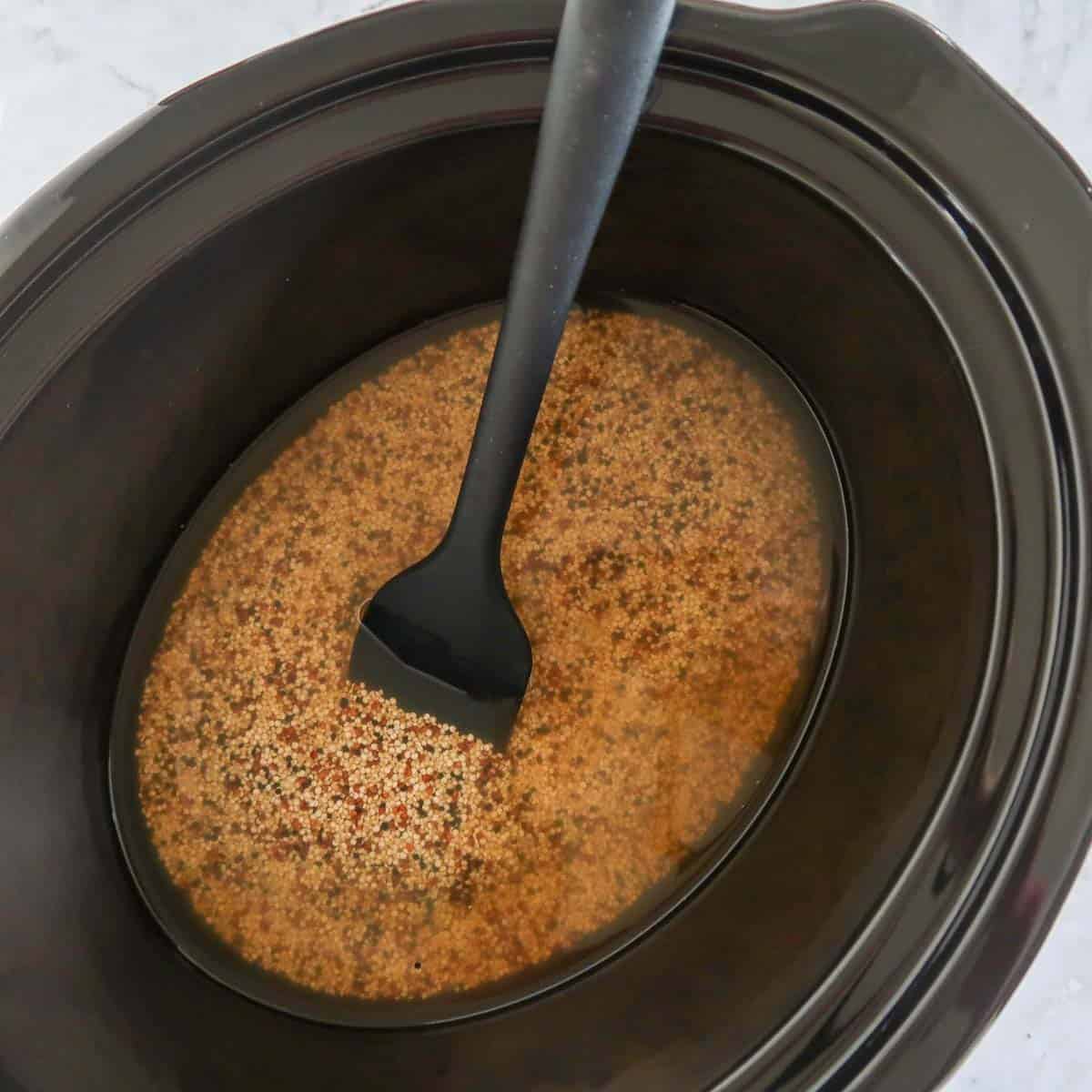
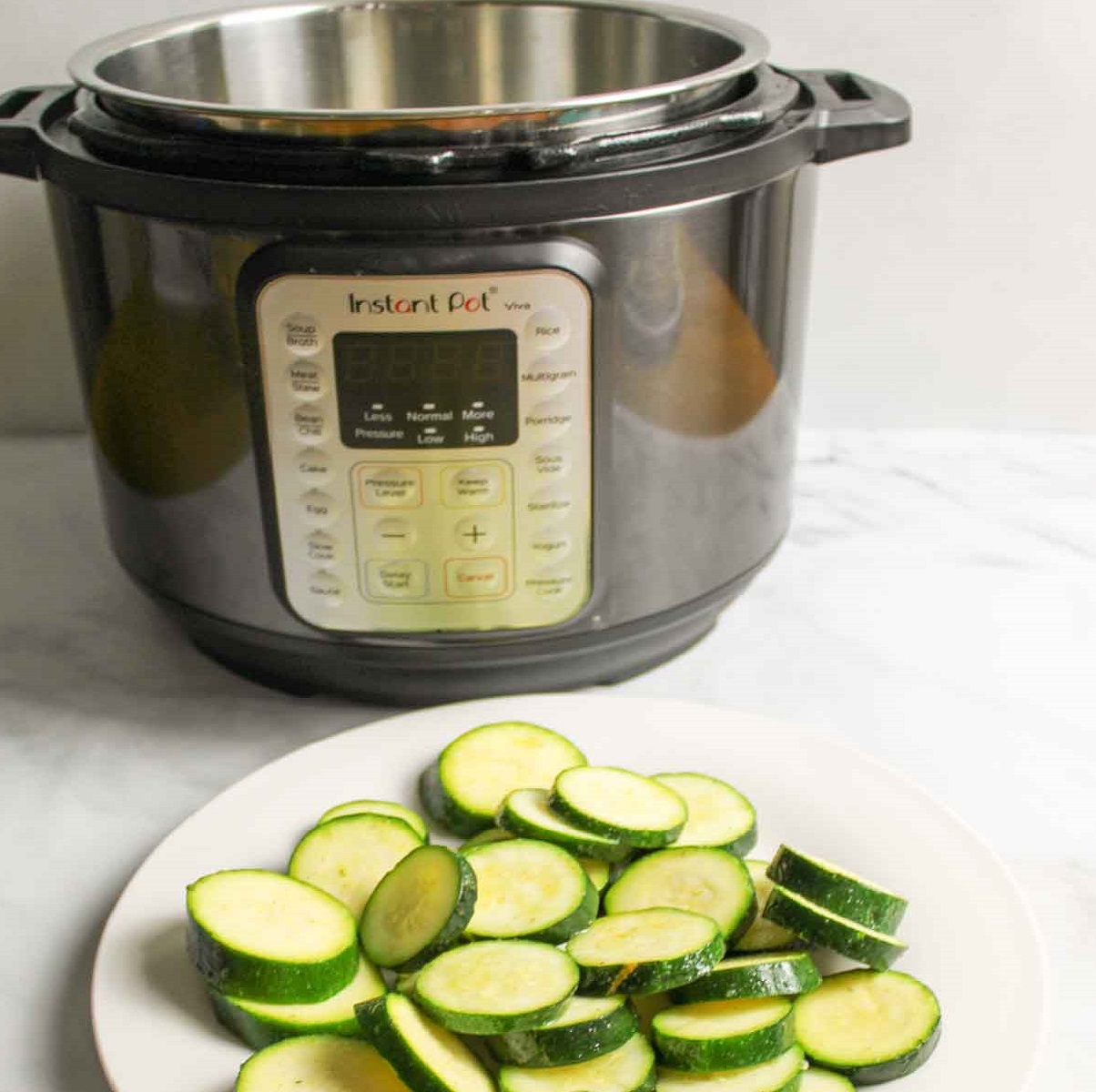
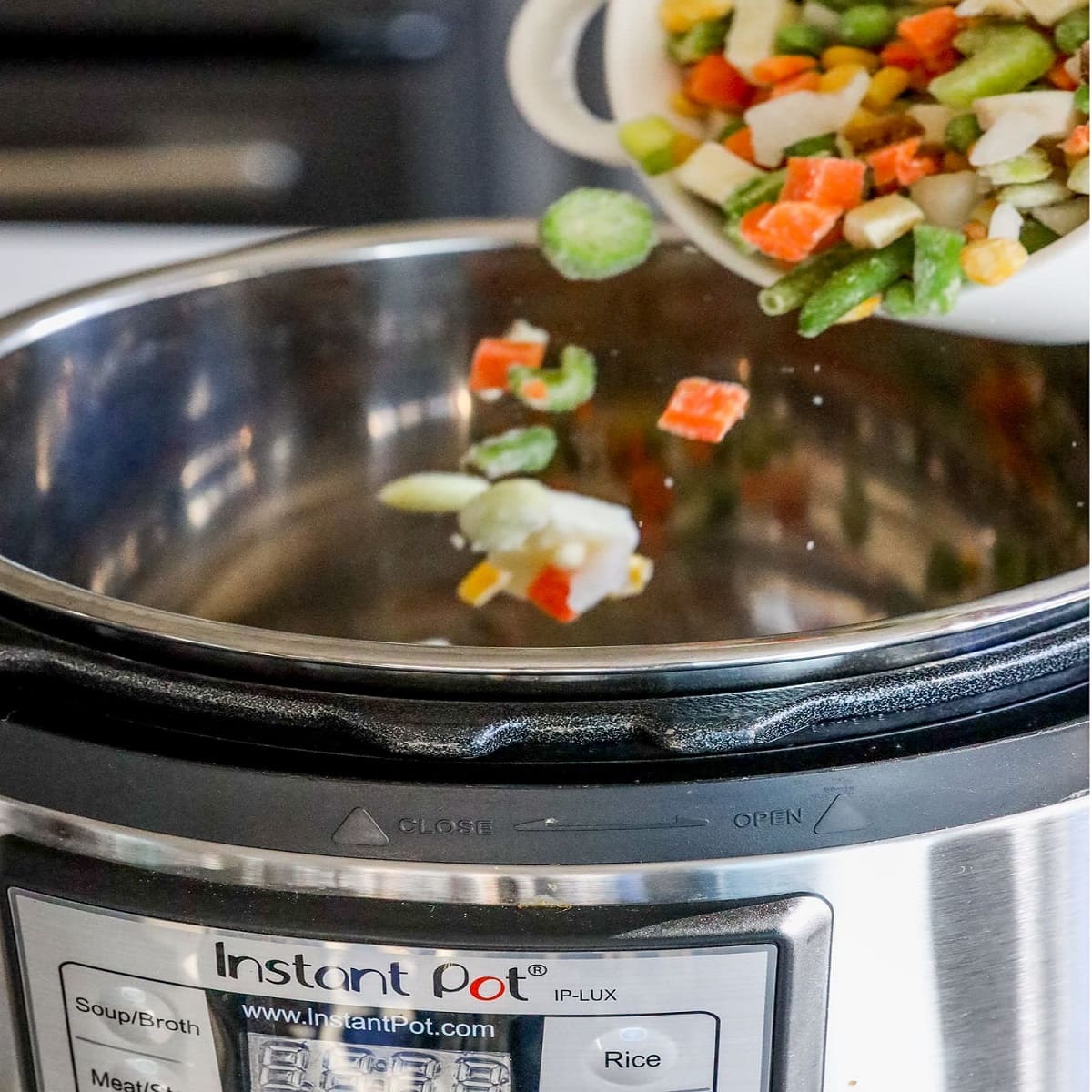
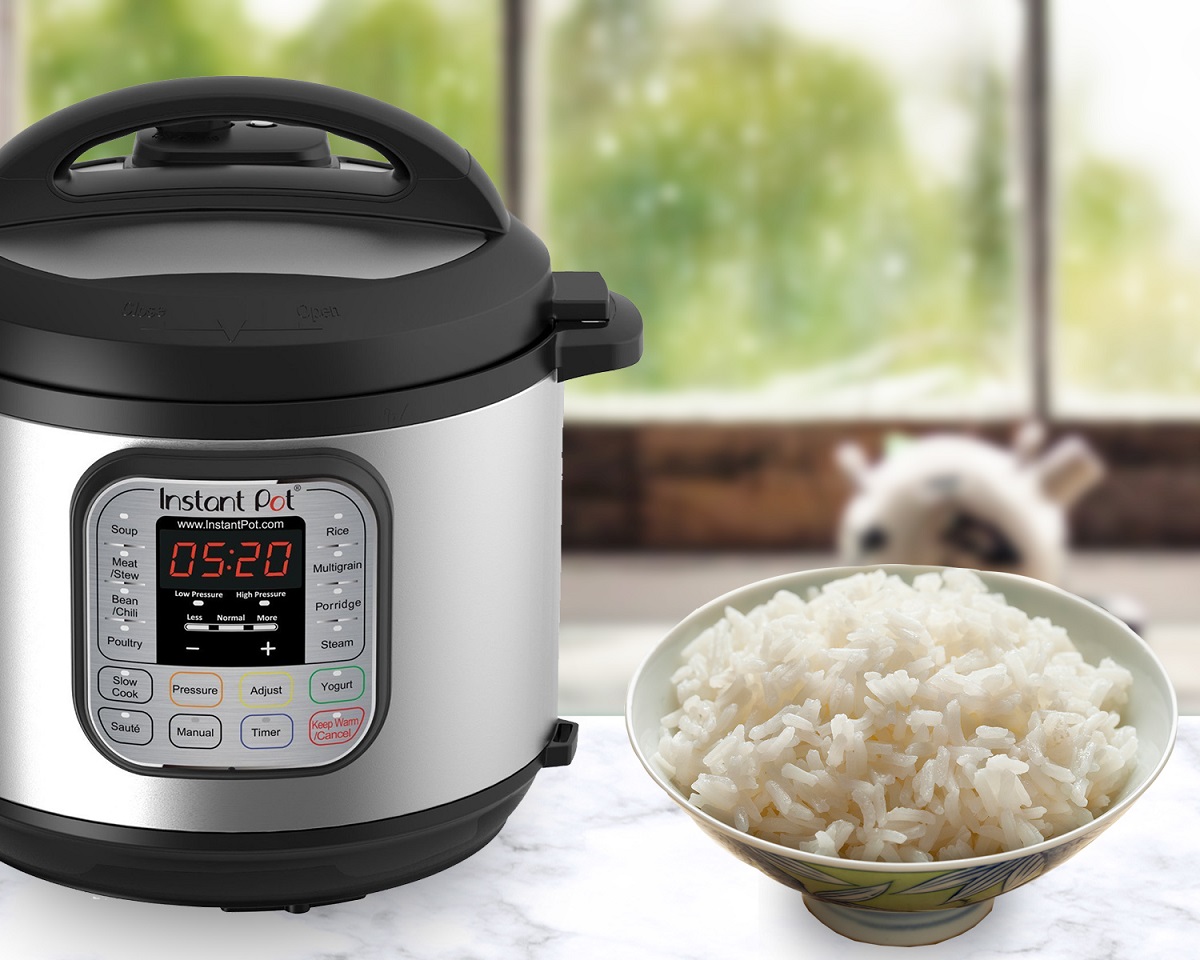
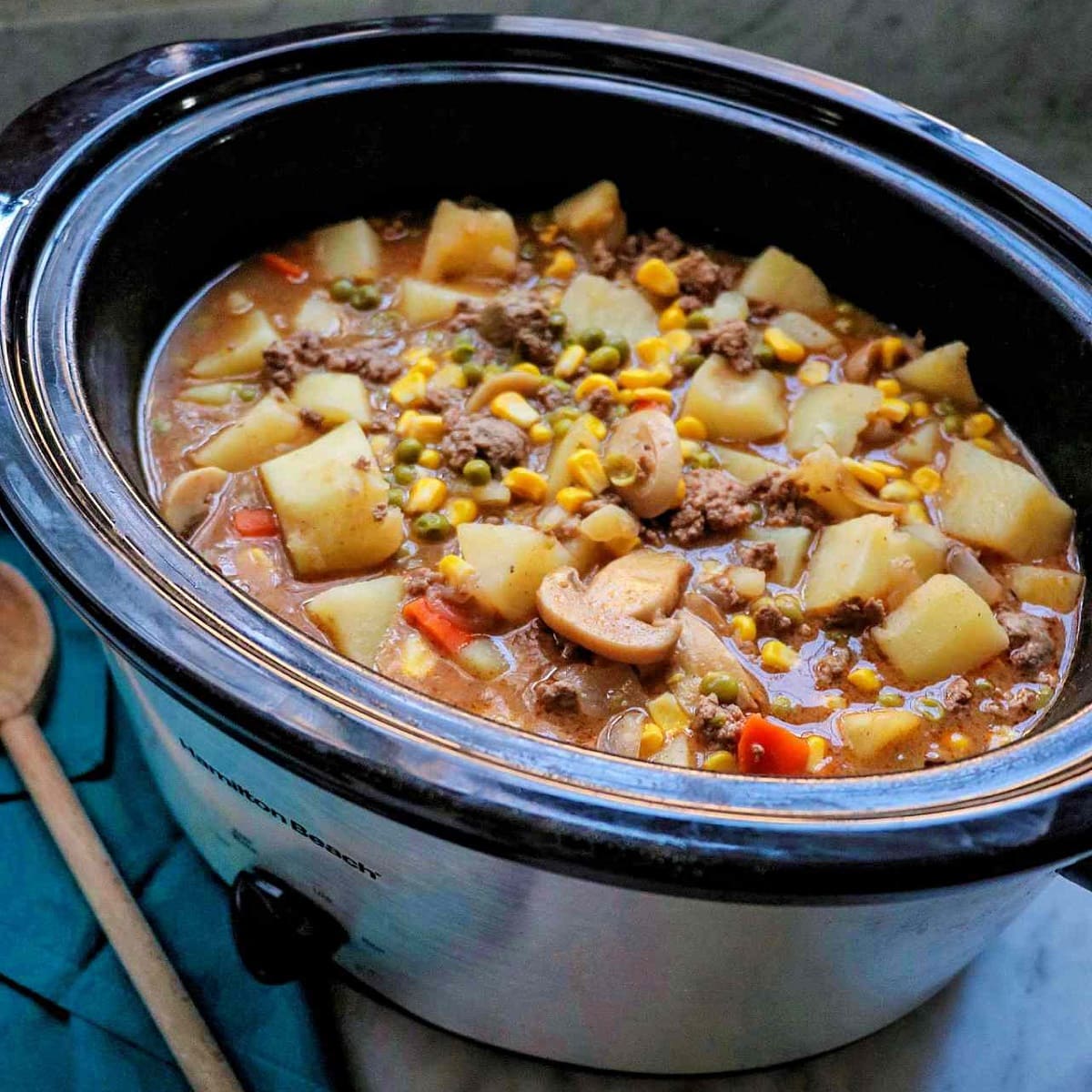
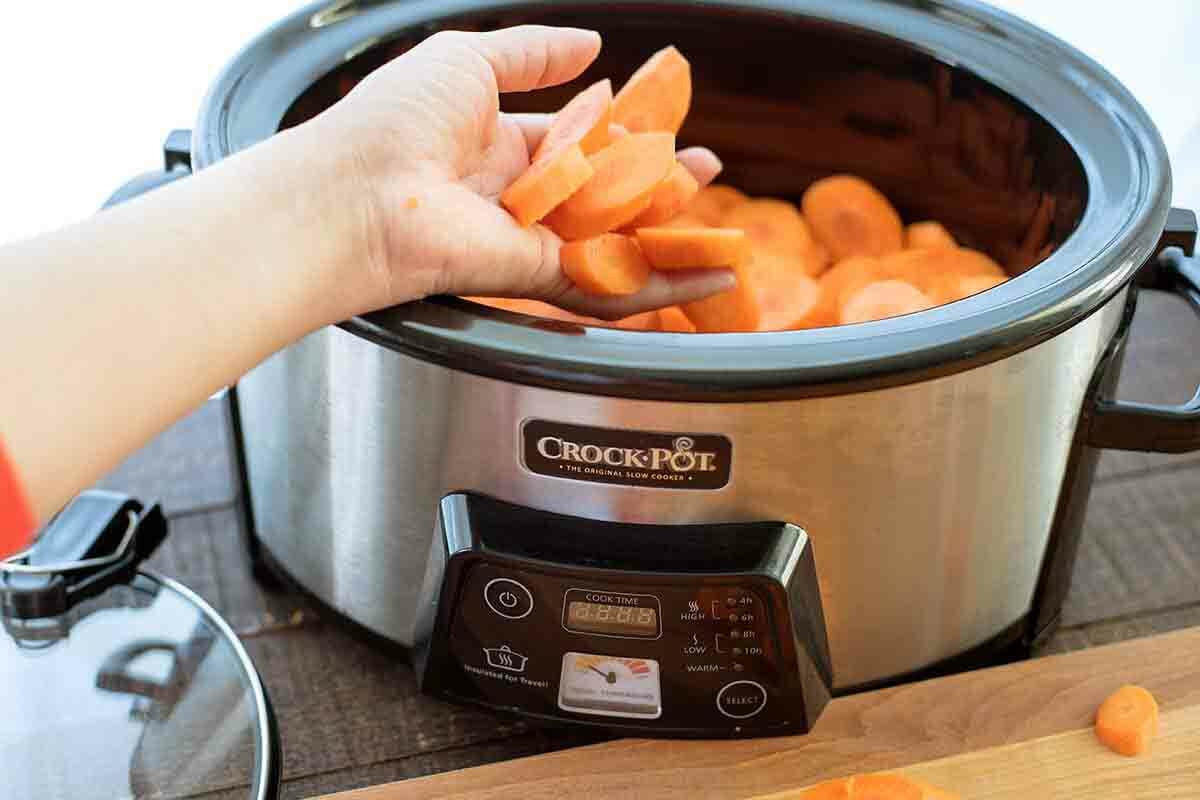
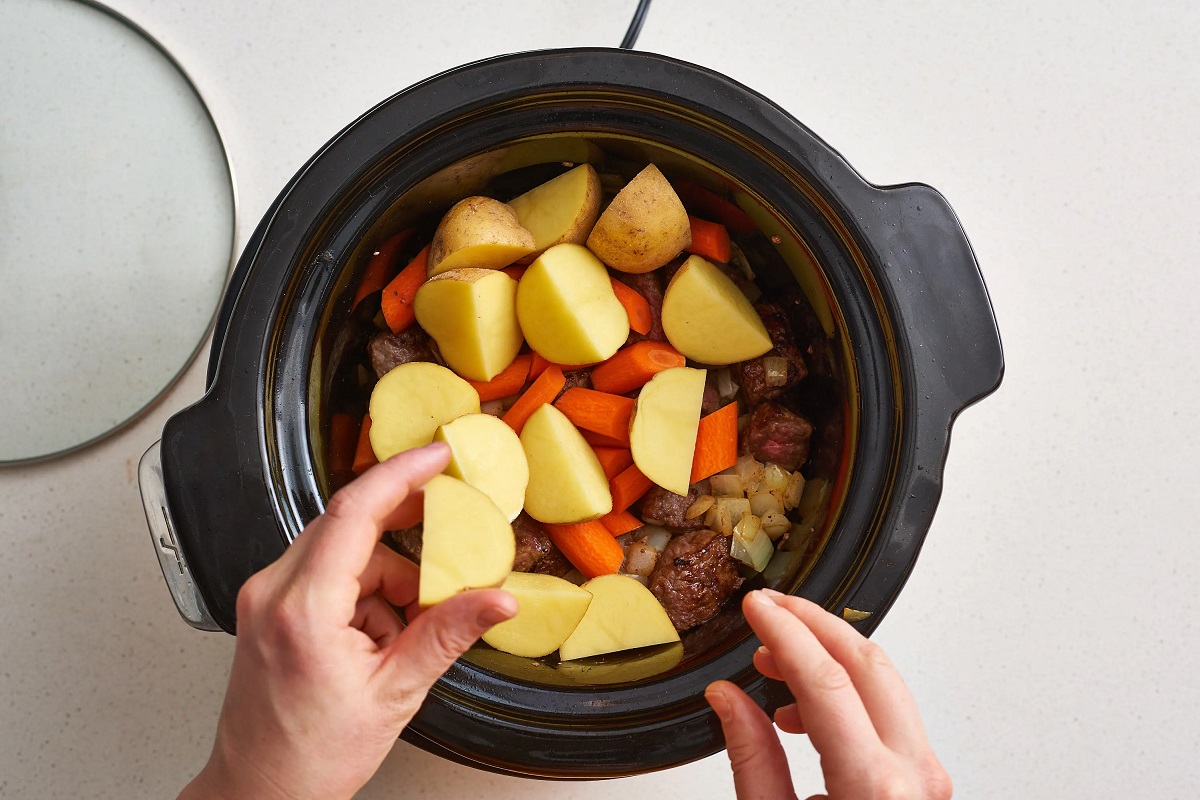
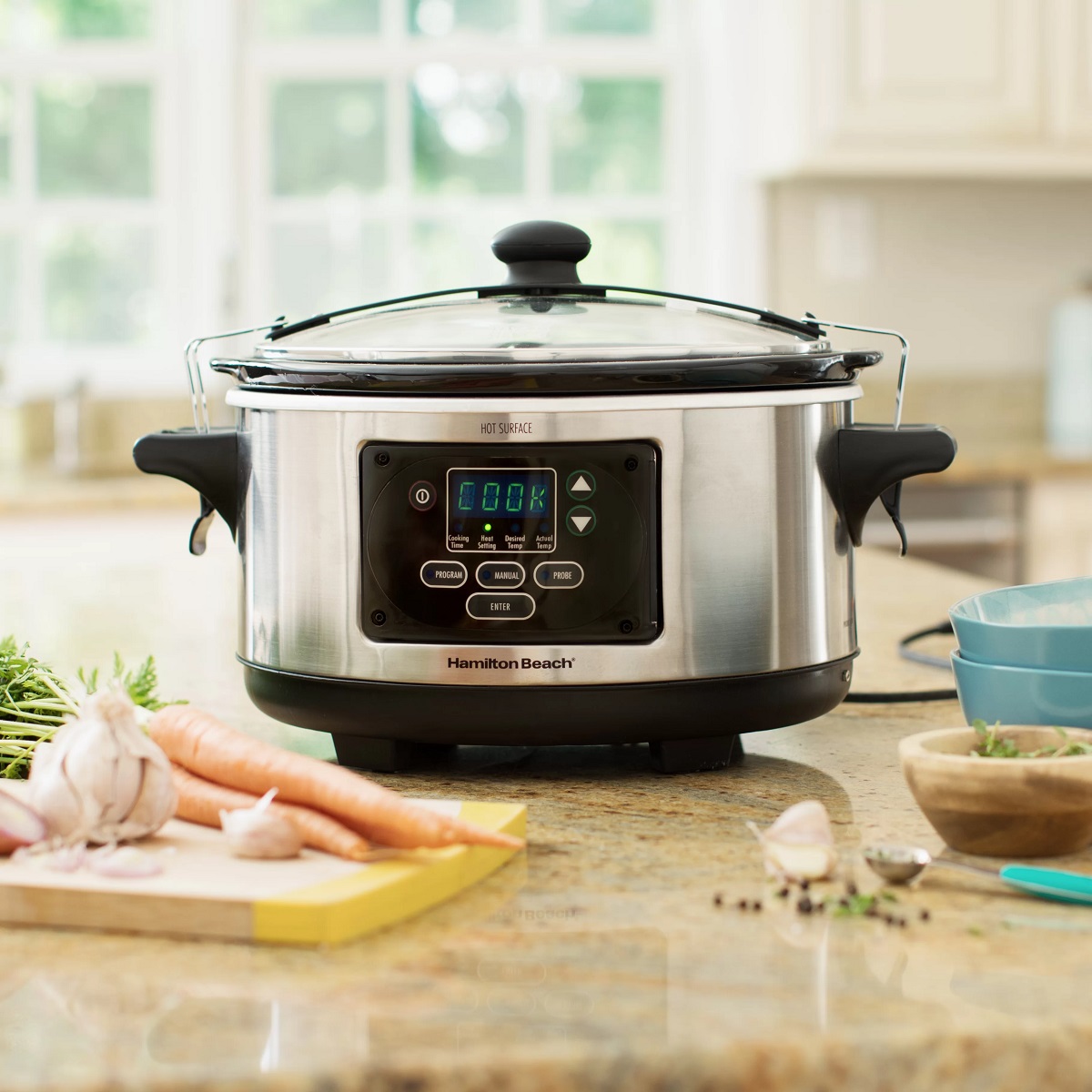
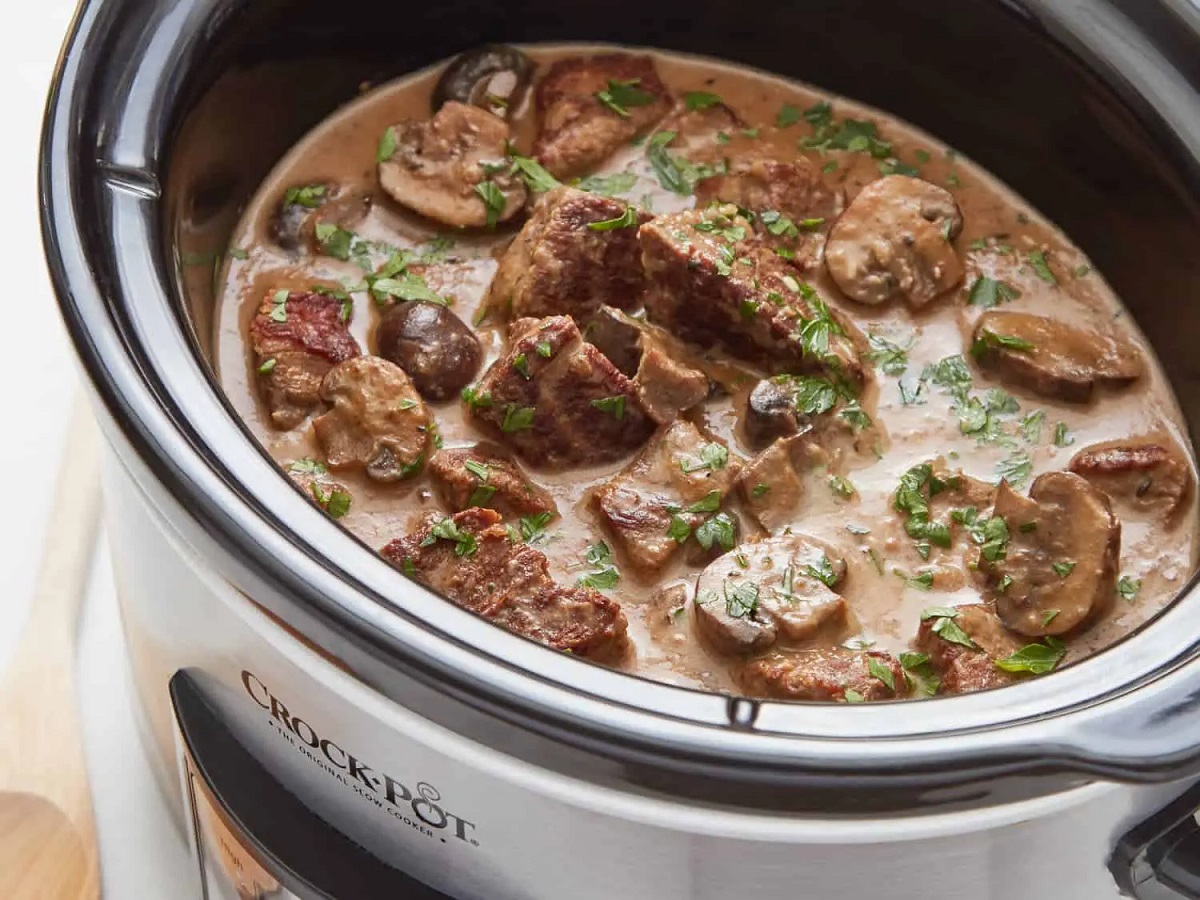
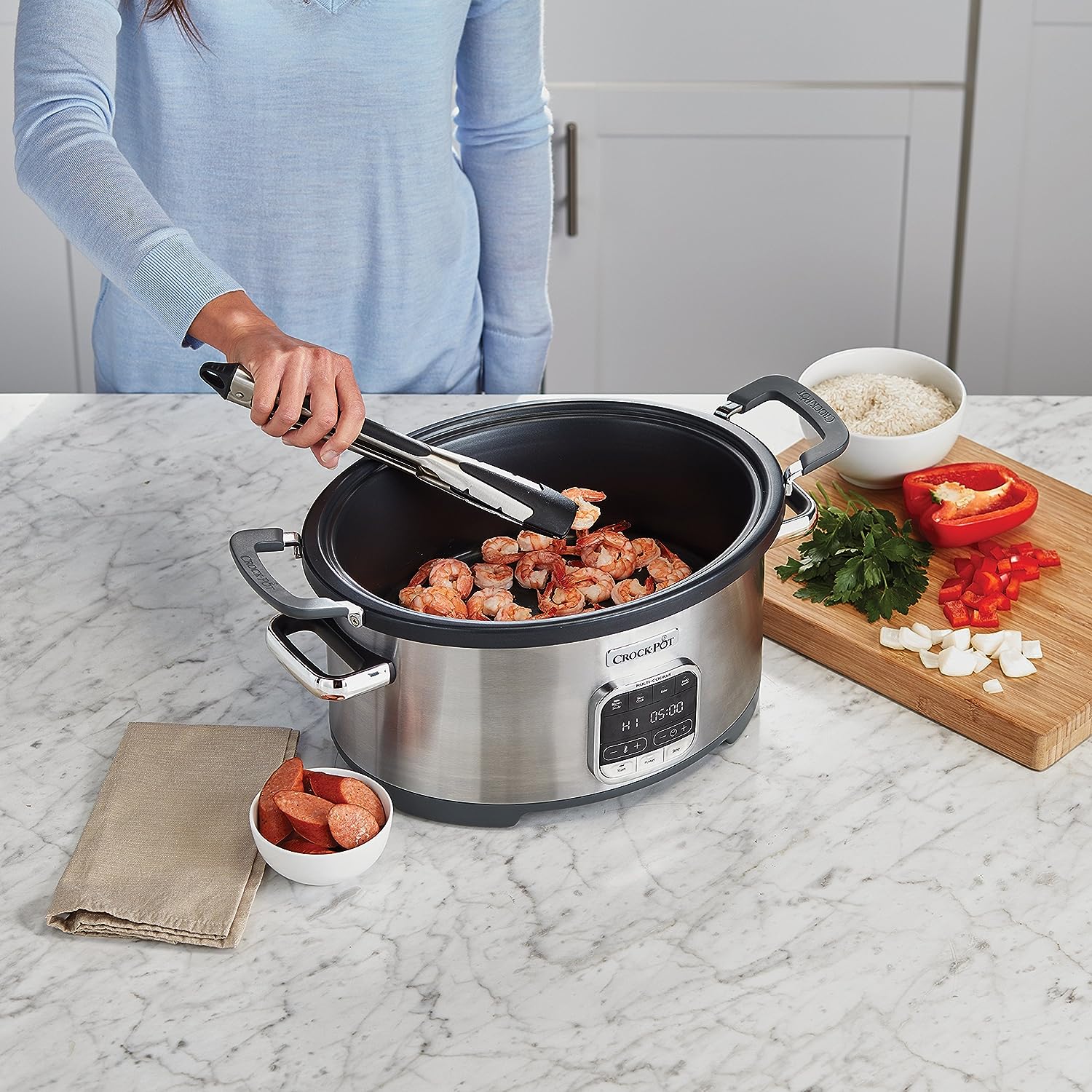
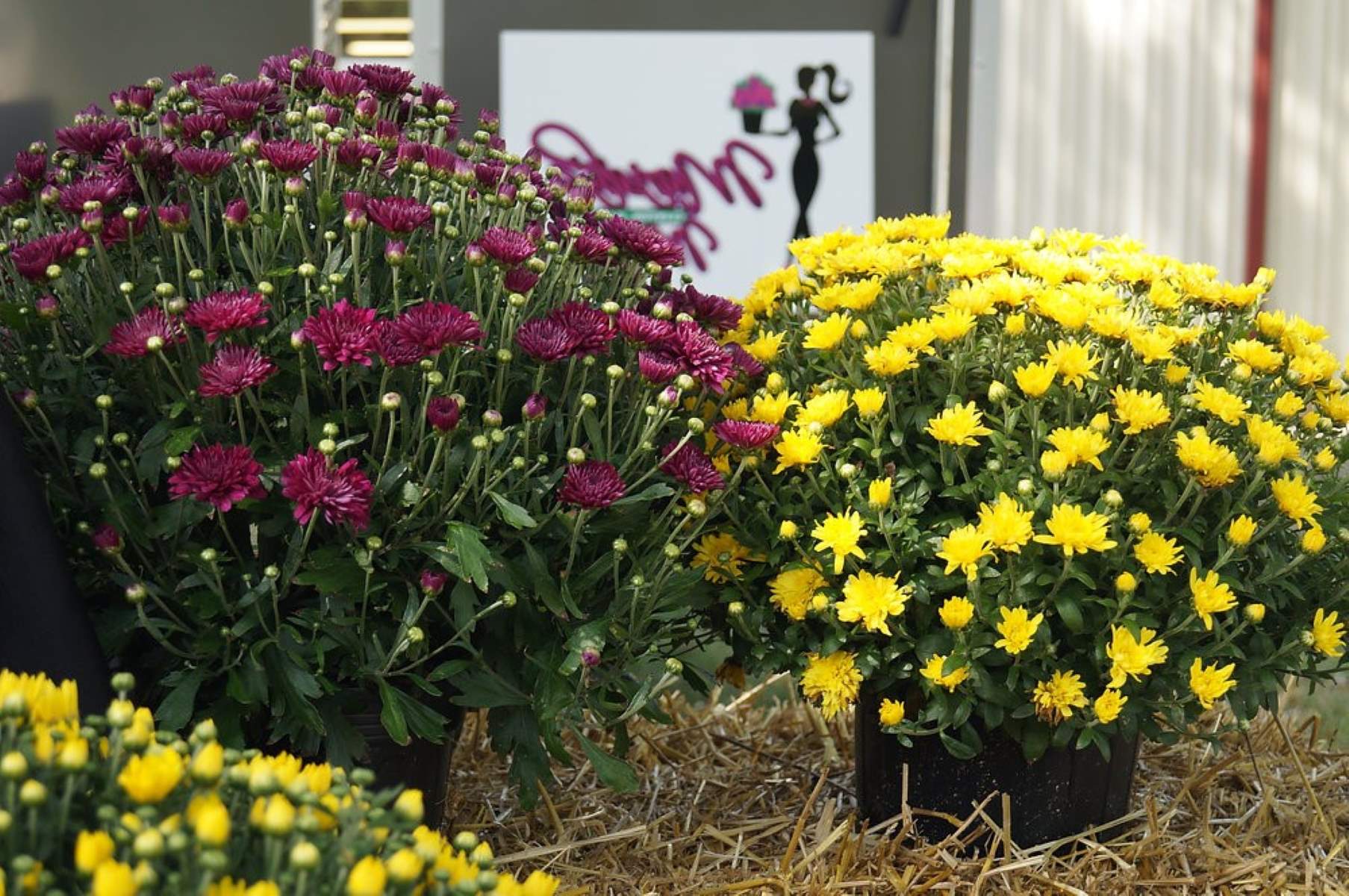
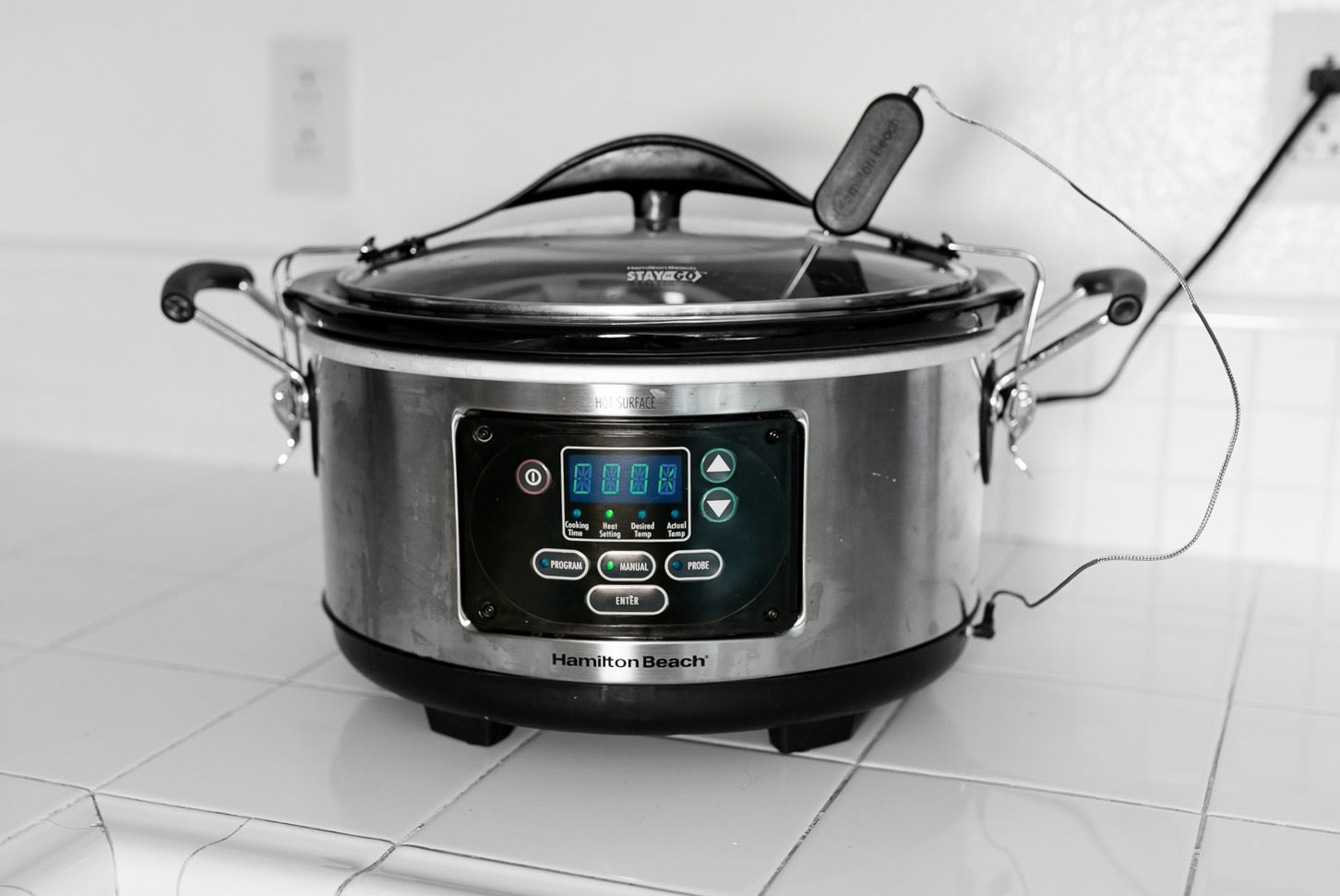
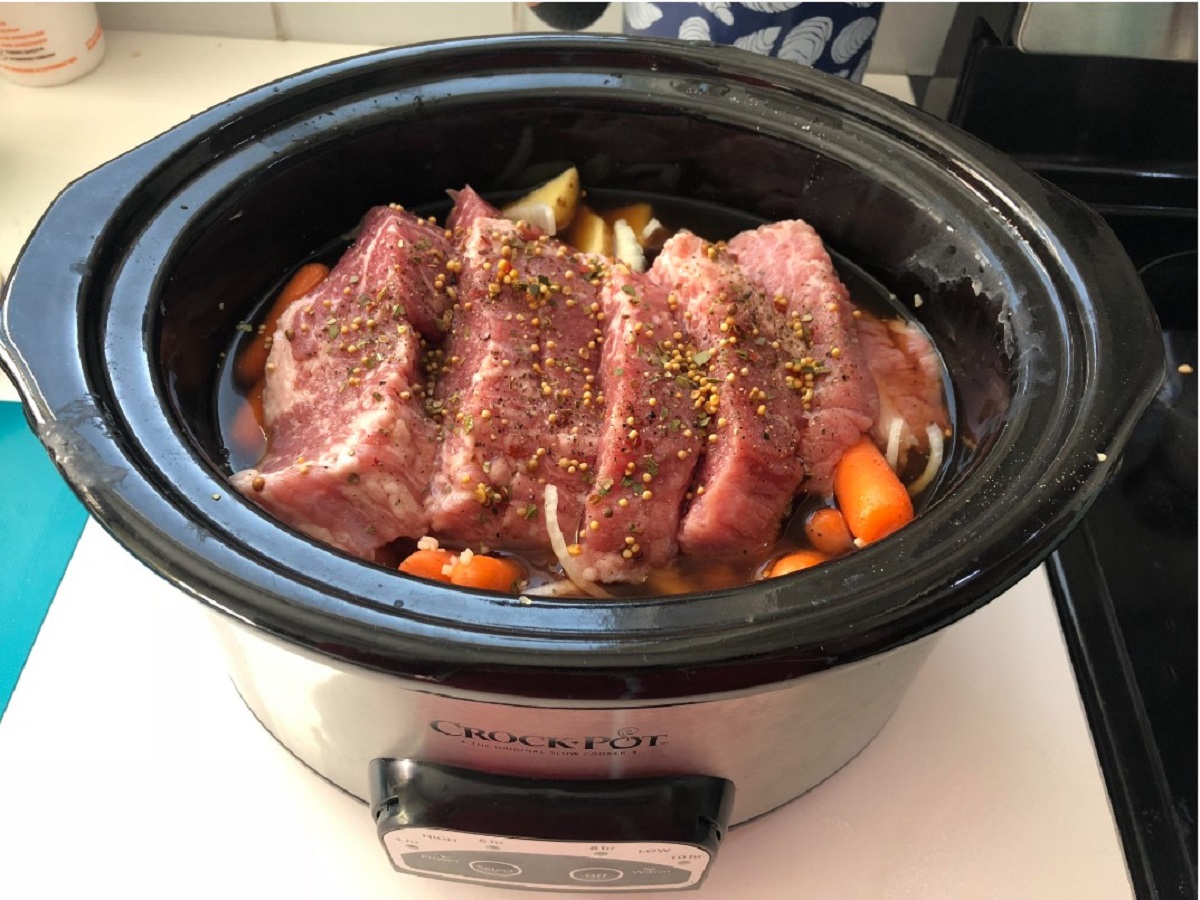
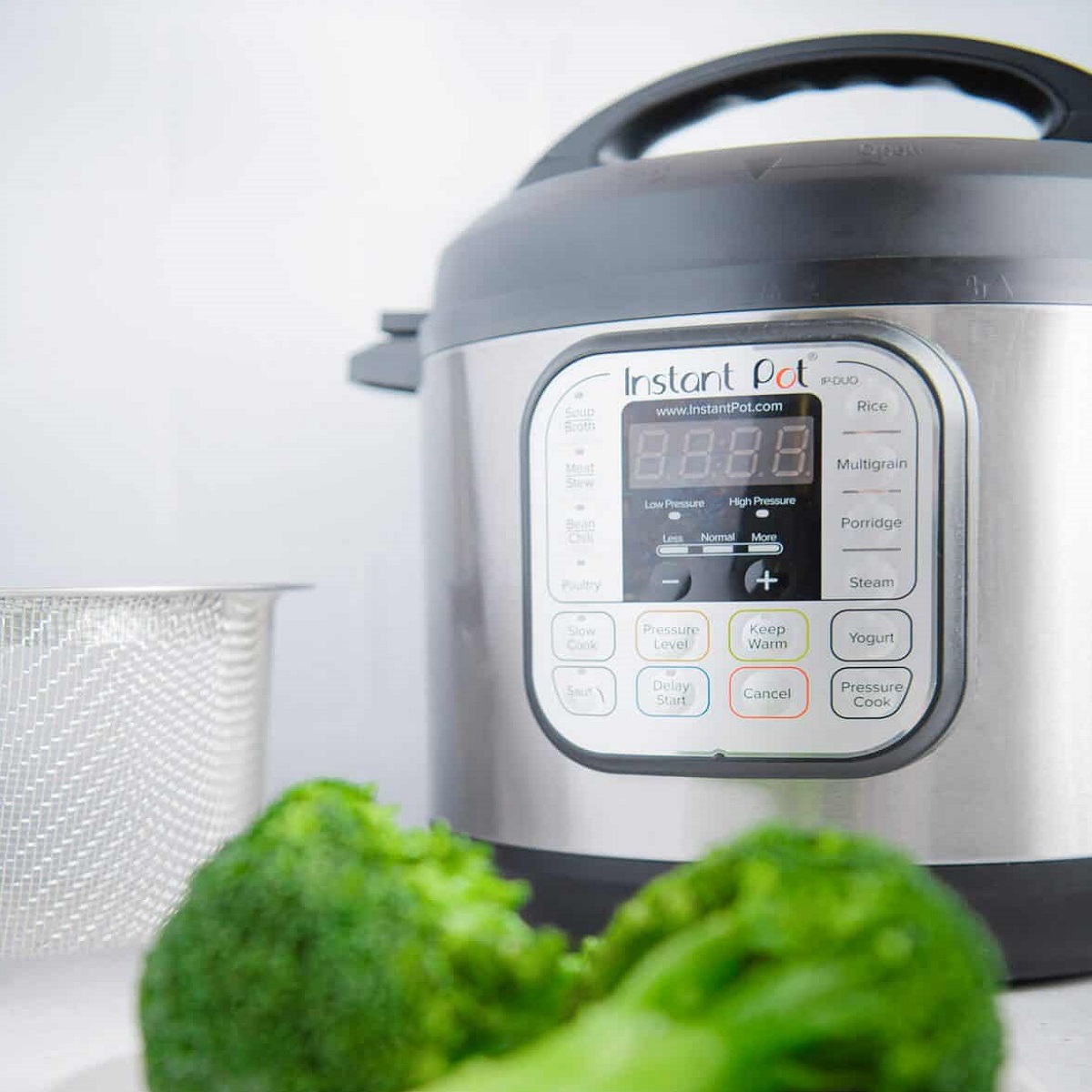

0 thoughts on “When Should I Add Vegetables To Slow Cooker”